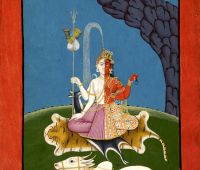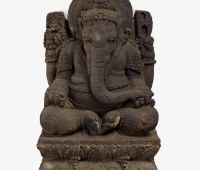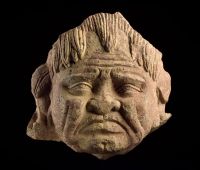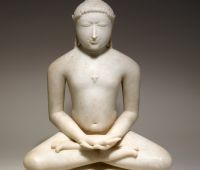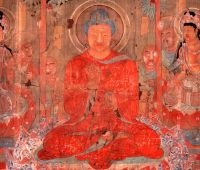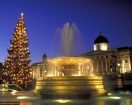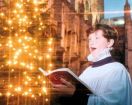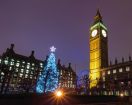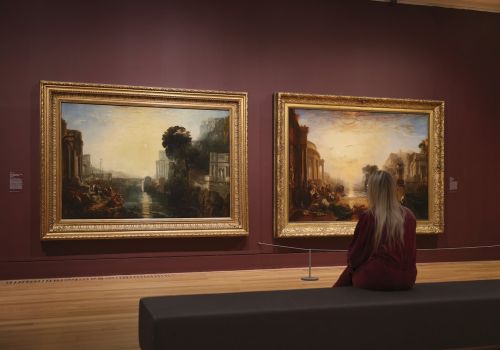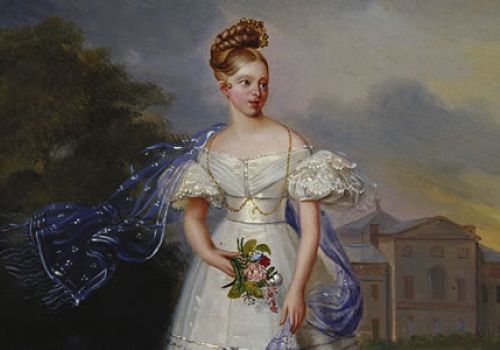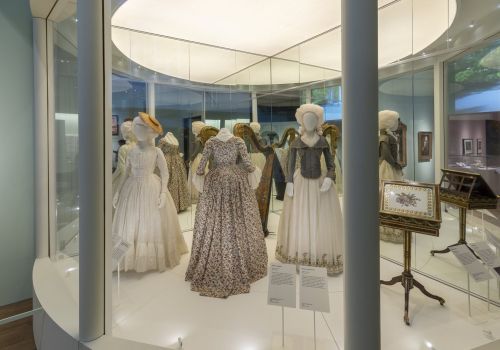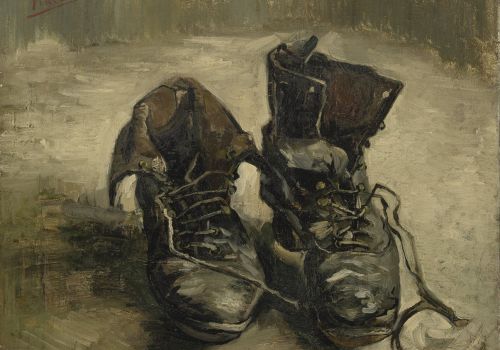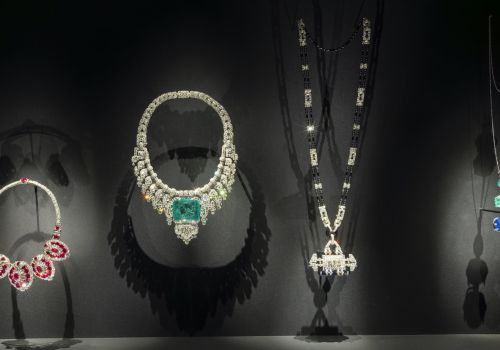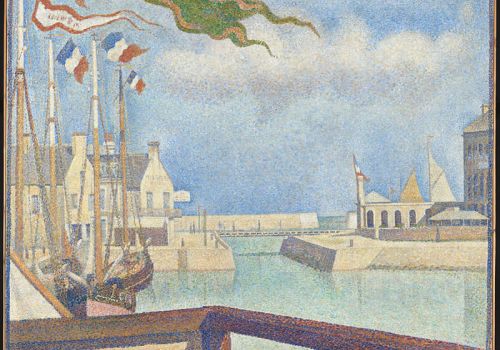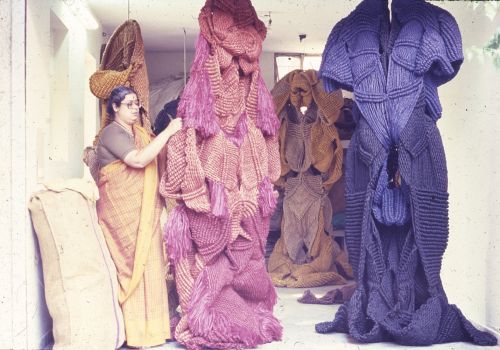Living Traditions: la mostra sull'arte indiana al British Museum di Londra
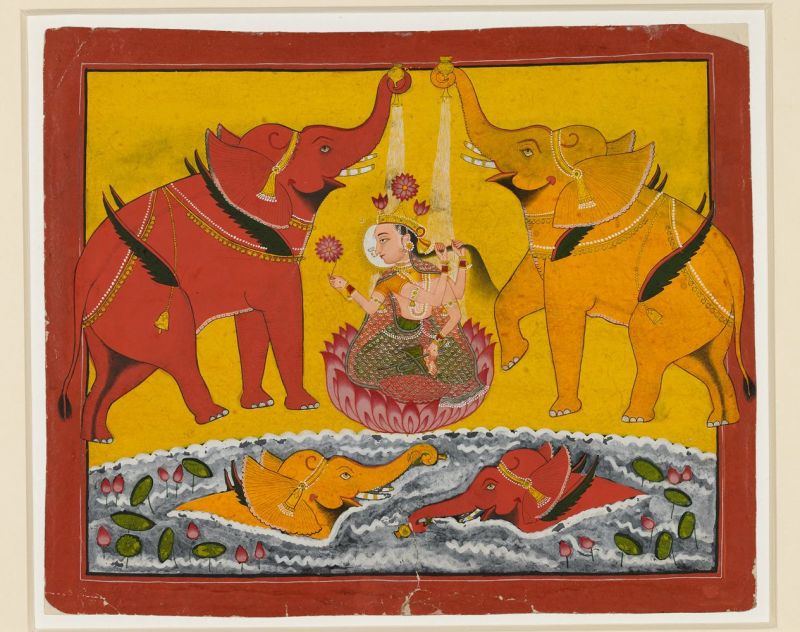
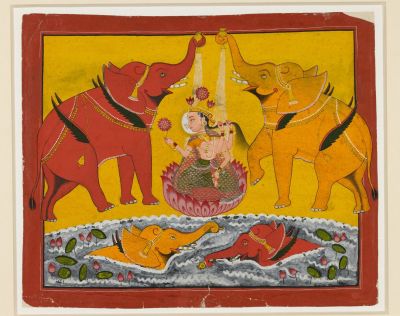
Al British Museum di Londra, la mostra "Ancient India: Living Traditions" presenta incantevoli immagini e oggetti che raccontano le origini e l'evoluzione dell'arte sacra dell'India attraverso oltre 2000 anni di storia. Un viaggio affascinante nel subcontinente indiano dal 22 maggio fino al 19 ottobre 2025.
Da dove ha origine l'immagine del tanto amato e giocoso dio indù Ganesha, con la testa di elefante e il ventre arrotondato? Cosa ha ispirato le raffigurazioni del sereno Buddha e dei maestri illuminati giainisti?
Spaziando per ben due millenni, la mostra racconta la nascita e lo sviluppo dell'arte sacra indù, giainista e buddista attraverso gli antichi e potenti spiriti della natura dell'India e la diffusione di quest'arte oltre il subcontinente.
Si tratta di una delle prime grandi mostre nel mondo ad esaminare l'antica arte devozionale indiana da una prospettiva multireligiosa, contemporanea e globale. I curatori intendono mettere in luce l'ispirazione e le idee che sono alla base delle varie raffigurazioni, oggi a tutti familiari, delle divinità e dei maestri illuminati di queste antichissime religioni, e di come esse si siano diffuse dall'Oceano Indiano al Sud-est asiatico e lungo le Vie della Seta fino all'Asia orientale.
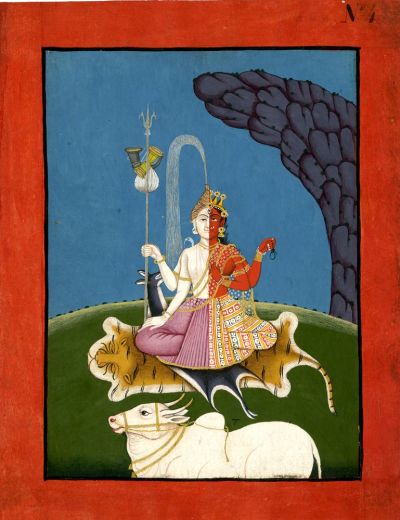

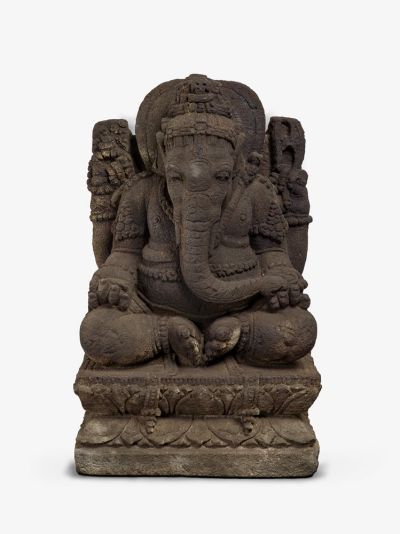
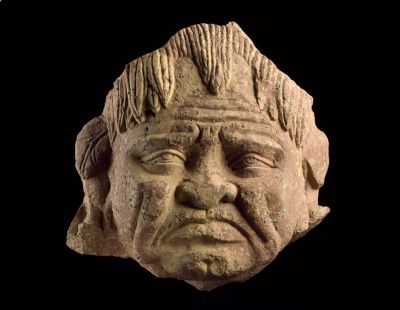
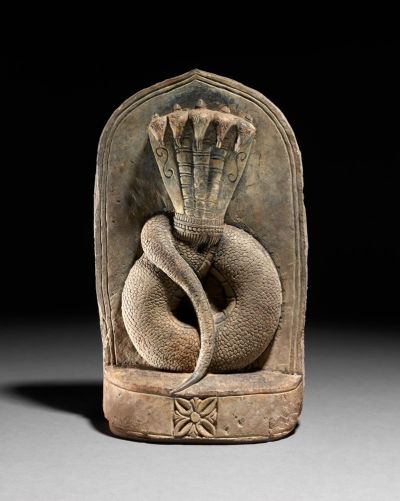
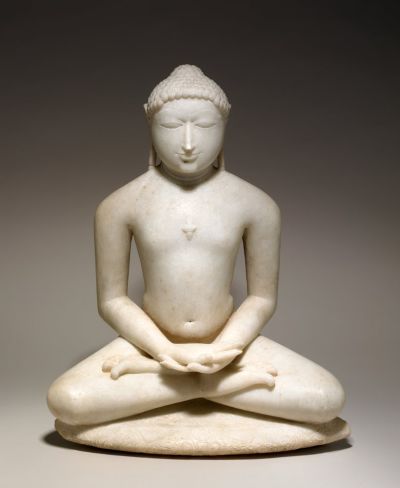
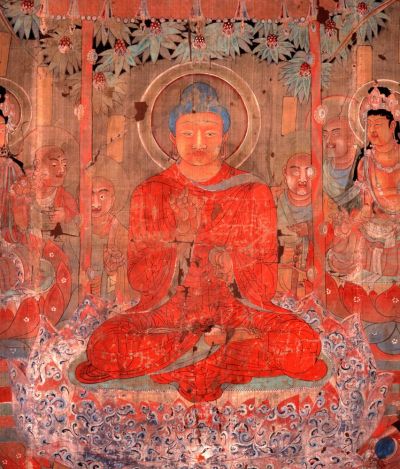
Colorata, multisensoriale e suggestiva, la mostra è stata ideata e sviluppata in collaborazione con un comitato consultivo composto da indù, buddisti e giainisti praticanti. Queste tradizioni religiose viventi e la loro arte sacra sono ormai parte integrante della vita quotidiana di quasi due miliardi di persone in tutto il mondo, Regno Unito compreso.
Opere in Esposizione
La mostra propone un percorso artistico che copre oltre 2000 anni di storia con circa 180 opere provenienti dal British Museum e da importanti collezioni internazionali, europee, giapponesi e indiane.
Tipologie Artistiche
Sono esposte stampe, sculture, statue, disegni, schizzi, libri illustrati e dipinti che raccontano antiche storie celate dietro numerose tradizioni ancora viventi.
Dalle impronte simboliche che precedettero le rappresentazioni del Buddha in forma umana ai serpenti cosmici incorporati nell'arte indù, fino agli spiriti della natura che assistono i maestri illuminati giainisti: ogni opera esposta svela i segreti di un patrimonio artistico e spirituale millenario.
Scopri il British Museum con una guida italiana
Vuoi vivere un'esperienza unica e personalizzata al British Museum? Prenota un tour privato in italiano disponibile tutti i giorni. Un'occasione straordinaria per esplorare una delle collezioni più prestigiose al mondo con una guida esperta che ti accompagnerà alla scoperta dei tesori del museo.
Ancient India: living traditions

